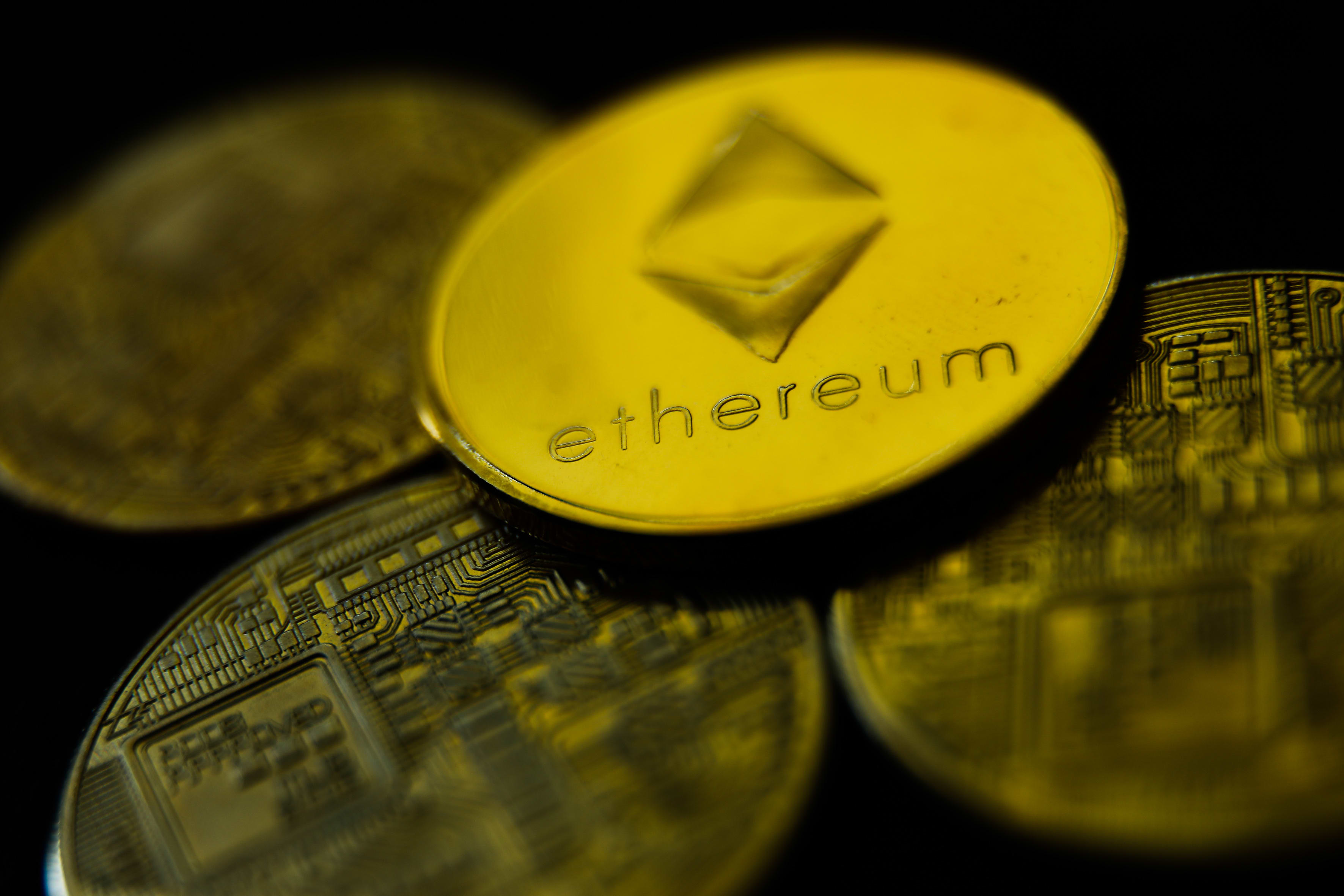
Altair, an important upgrade to the Ethereum network, went live on Wednesday.
Its immediate impact might only be noticeable to validators, or those who verify transactions on Ethereum. But Altair is one of the pivotal upgrades for Ethereum 2.0, or Eth2, and investors should be aware. Eth2 will change the Ethereum infrastructure, ultimately making mining obsolete.
Currently, Ethereum operates on a proof of work (PoW) model, where miners must compete to solve complex puzzles in order to validate transactions. This model gets a lot of criticism due its environmental impact, as it requires an extreme amount of computer power.
In 2022, Ethereum plans to shift to a proof of stake (PoS) model, where users can only validate transactions according to how many coins they hold.
PoS will no longer require the energy of PoW, reducing the environmental impact of Ethereum by 99%, Tim Beiko, the coordinator for Ethereum’s protocol developers, tells CNBC Make It. Though the full migration to PoS won’t happen in the short-term, Altair is an important “step closer” to it, Beiko says.
Why the Altair upgrade matters
Altair is the first upgrade to the Ethereum Beacon Chain since its launch in December 2020. The Beacon Chain is important because it introduces PoS to the Ethereum ecosystem.
Right now, Ethereum has both a PoS and a PoW chain running in parallel with each other, Beiko says. Both chains have validators, but only the PoW chain processes users’ transactions. But in 2022, the Ethereum blockchain will merge fully with the Beacon Chain, shifting it from a PoW model to a PoS model entirely.
Altair is important because it’s a test of sorts to make sure the Beacon Chain “works properly,” Beiko says. The upgrade shows a full transition to PoS is possible, he says.
“It shows we are able to upgrade the PoS mechanism, and that’s a pre-condition to the migration next year,” he explains. “It means there’s a slightly higher chance that things will go well for the [Eth2] transition next year.”
In addition to upgrading the Beacon Chain, Altair also implemented two key changes to the Ethereum network: It added support for “light clients,” or lower-powered devices like mobile phones that can verify transactions, which furthers the decentralization of Ethereum, and it increased penalties for validators who are inactive or frequently offline, among other things.
Ethereum 2.0
Once implemented, Ethereum 2.0 will hugely change the network’s infrastructure. It aims to make Ethereum more scalable, secure and sustainable.
PoS supporters also say it will reduce the environmental impact of Ethereum. That will happen in part because Ethereum 2.0 will ultimately make mining on the blockchain obsolete, Beiko says. PoS only allows users staking, or holding, Ethereum to validate transactions, rather than the energy-intensive mining rigs used now.
But if the transition goes smoothly next year, that will also mean that Ethereum mining will no longer generate revenue. Although it’s impossible to predict the future price of any asset, some speculate it may impact the price of ether.
Nonetheless, there’s a long way to go before this transition, Beiko says. The Altair upgrade simply supports that a transition to PoS is likely. Until then, the PoW model remains.
Sign up now: Get smarter about your money and career with our weekly newsletter
Don’t miss: What are DAOs? Here’s what to know about the ‘next big trend’ in crypto
This news is republished from another source. You can check the original article here

Be the first to comment